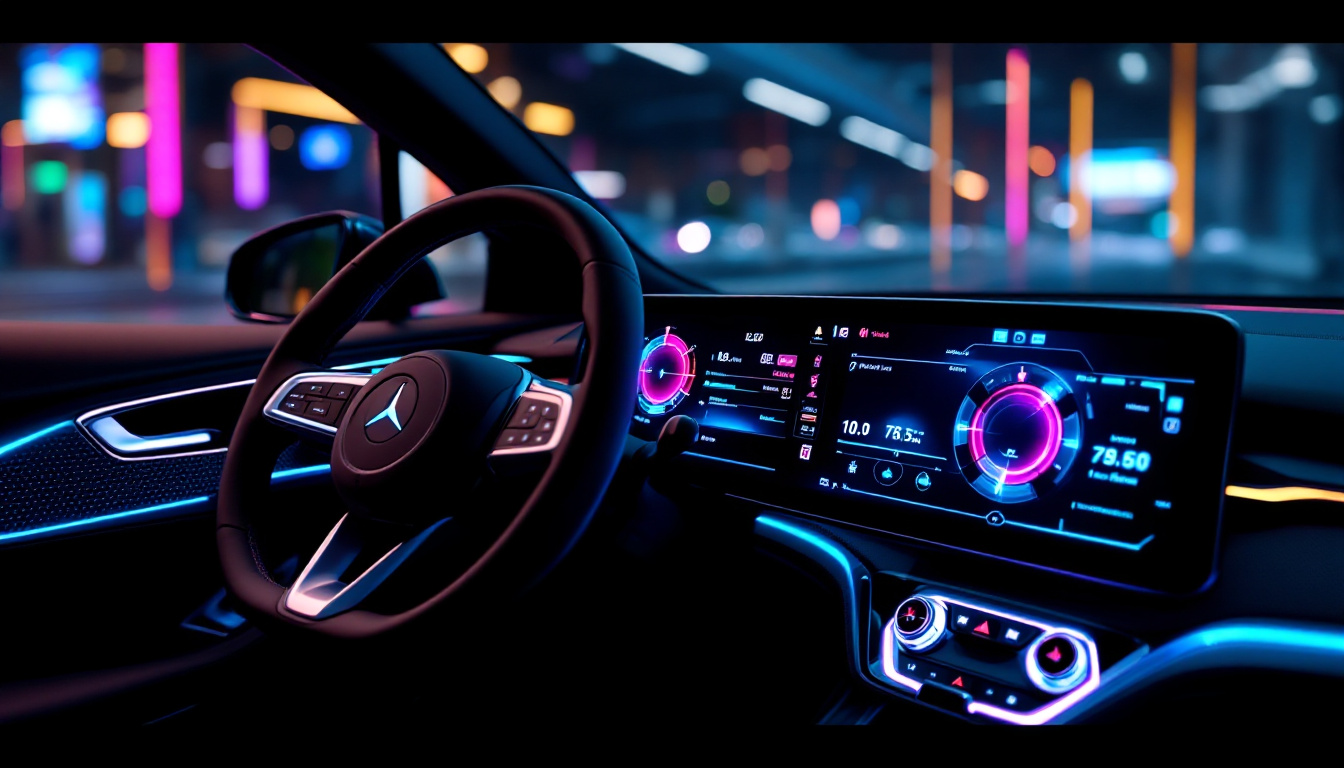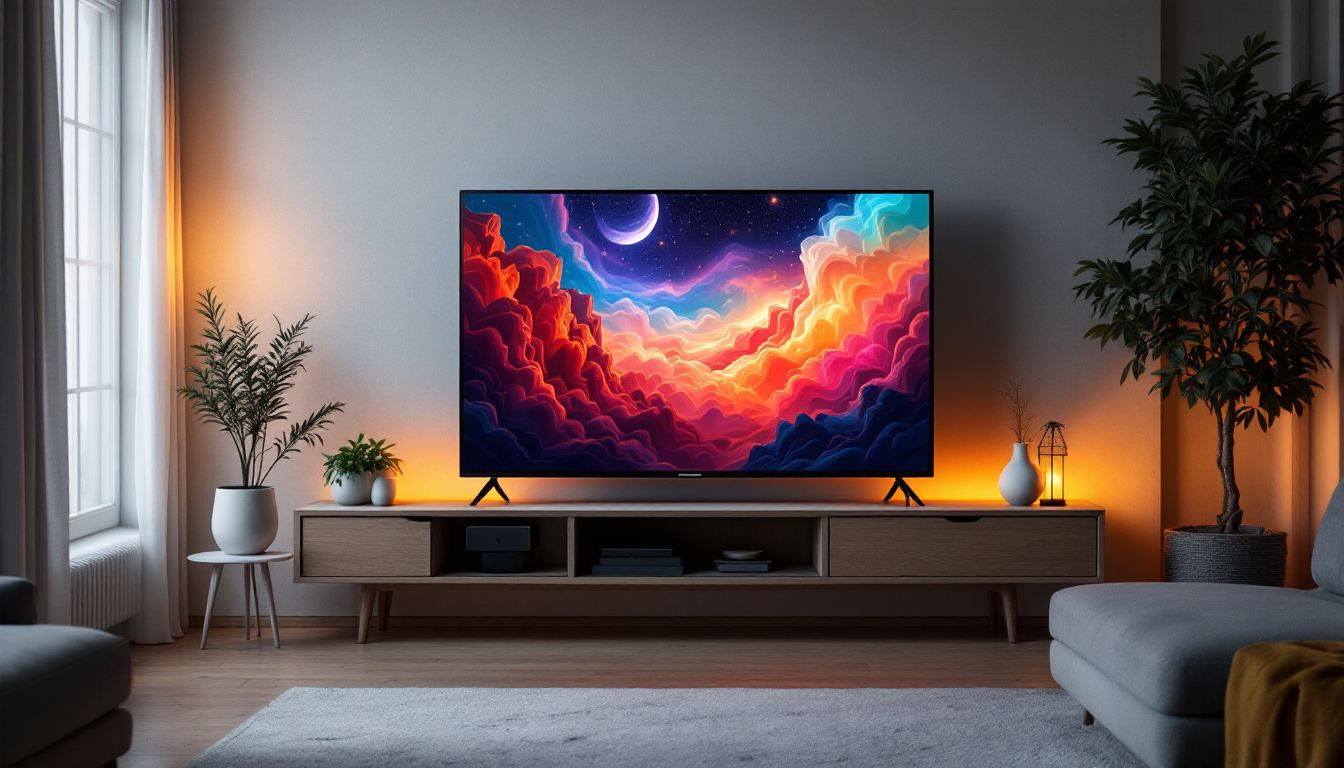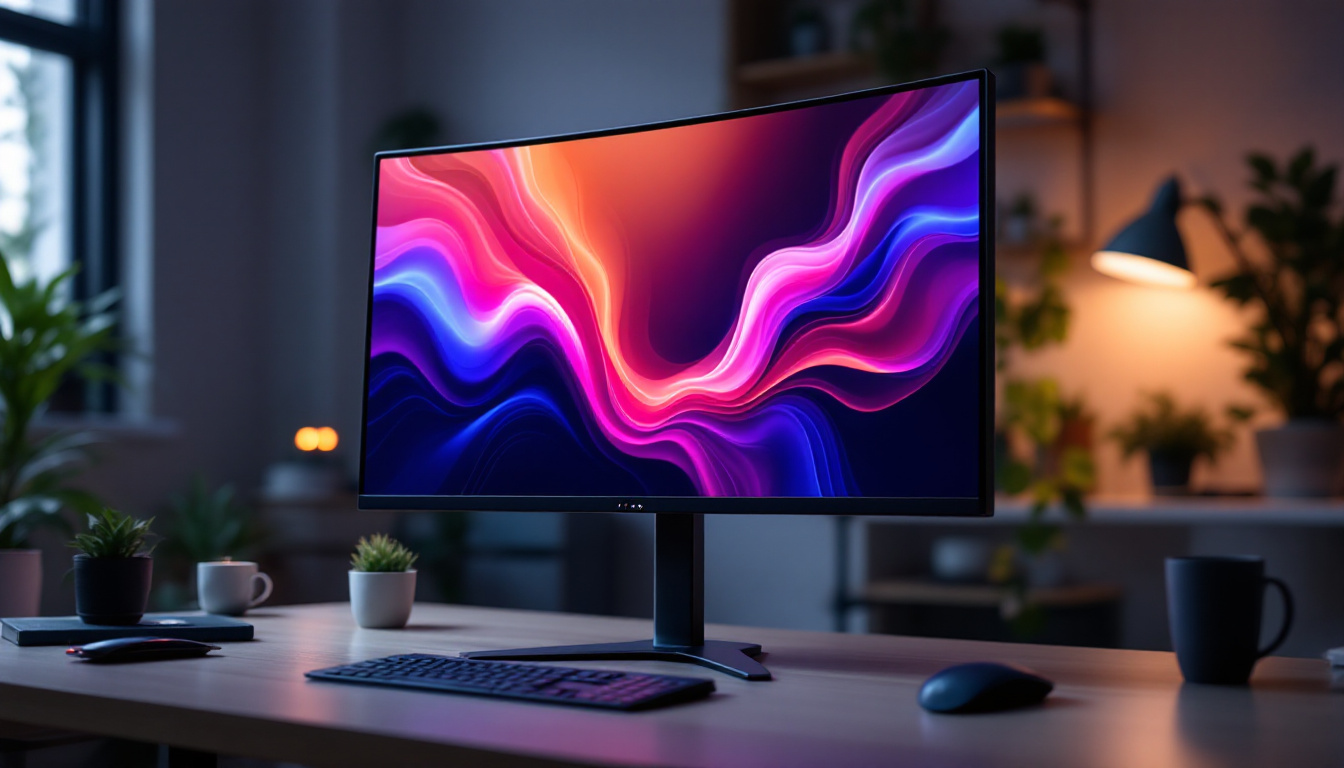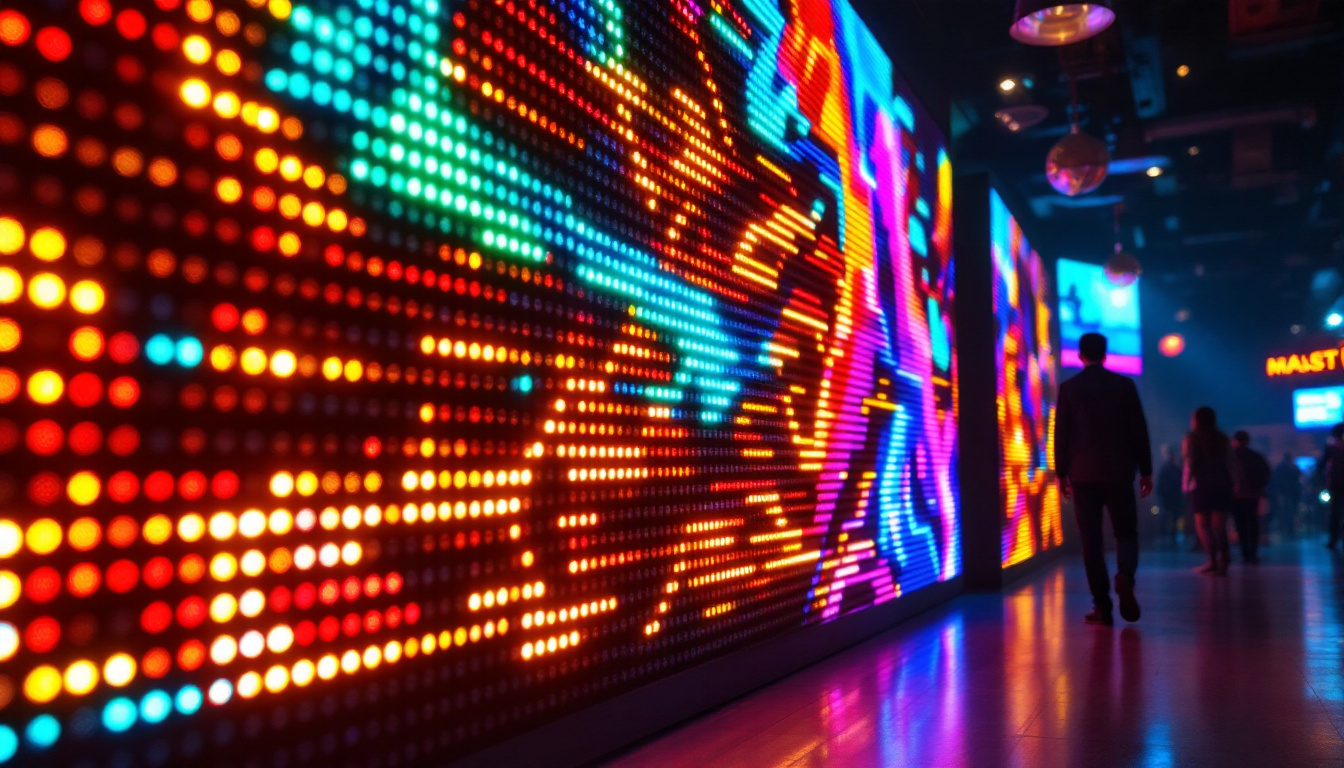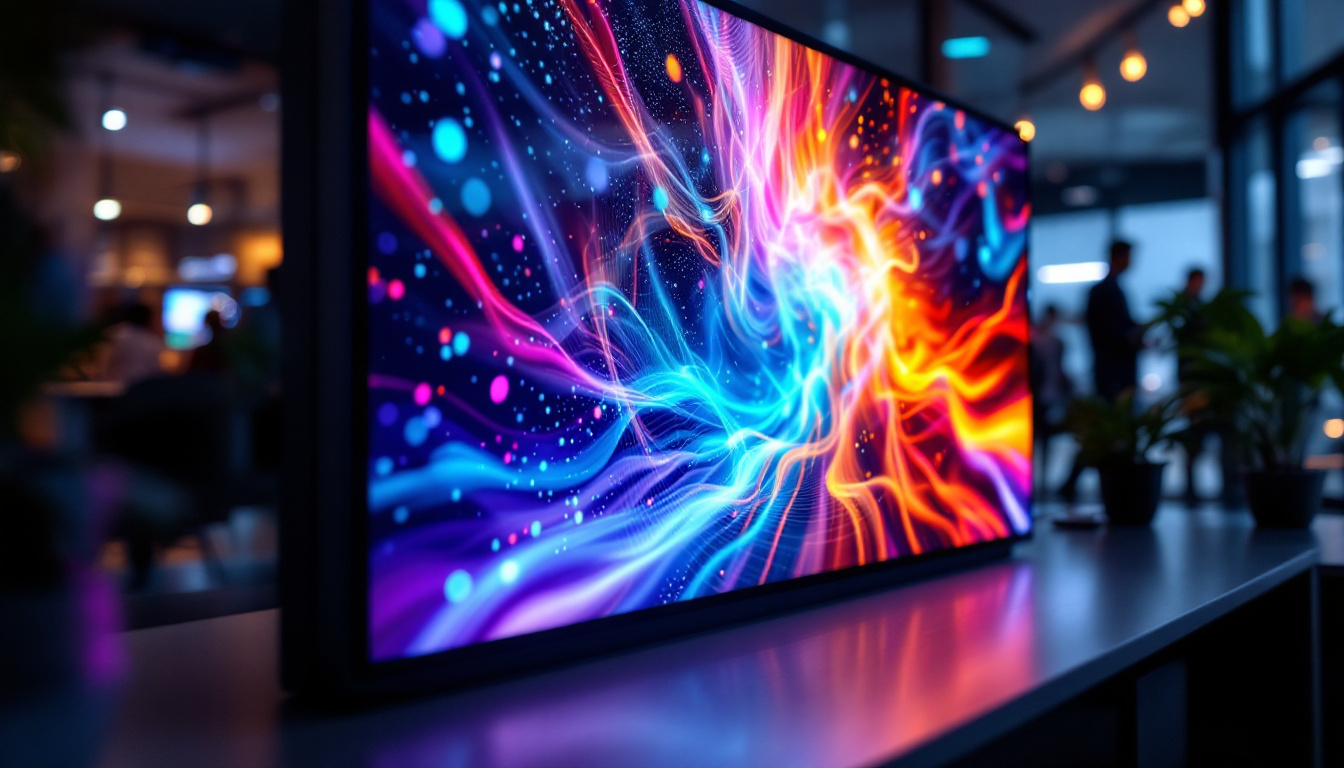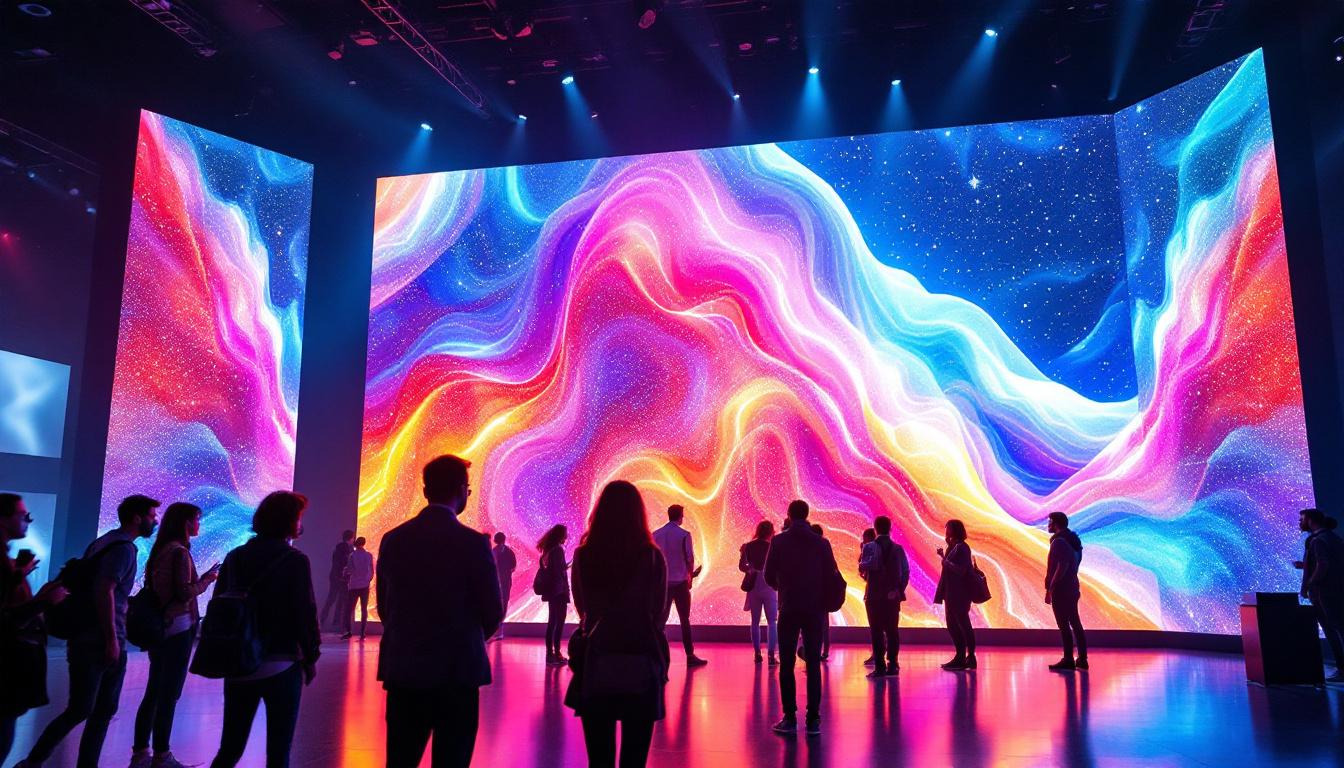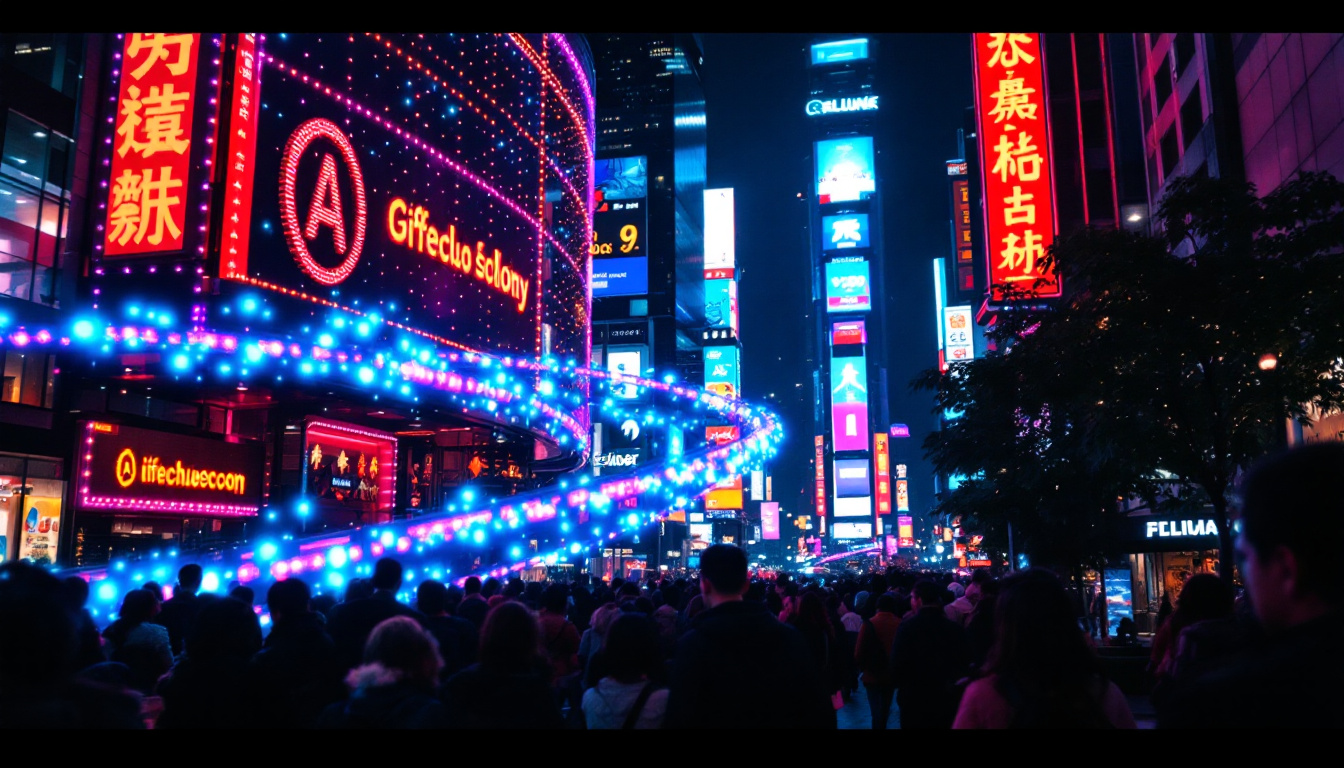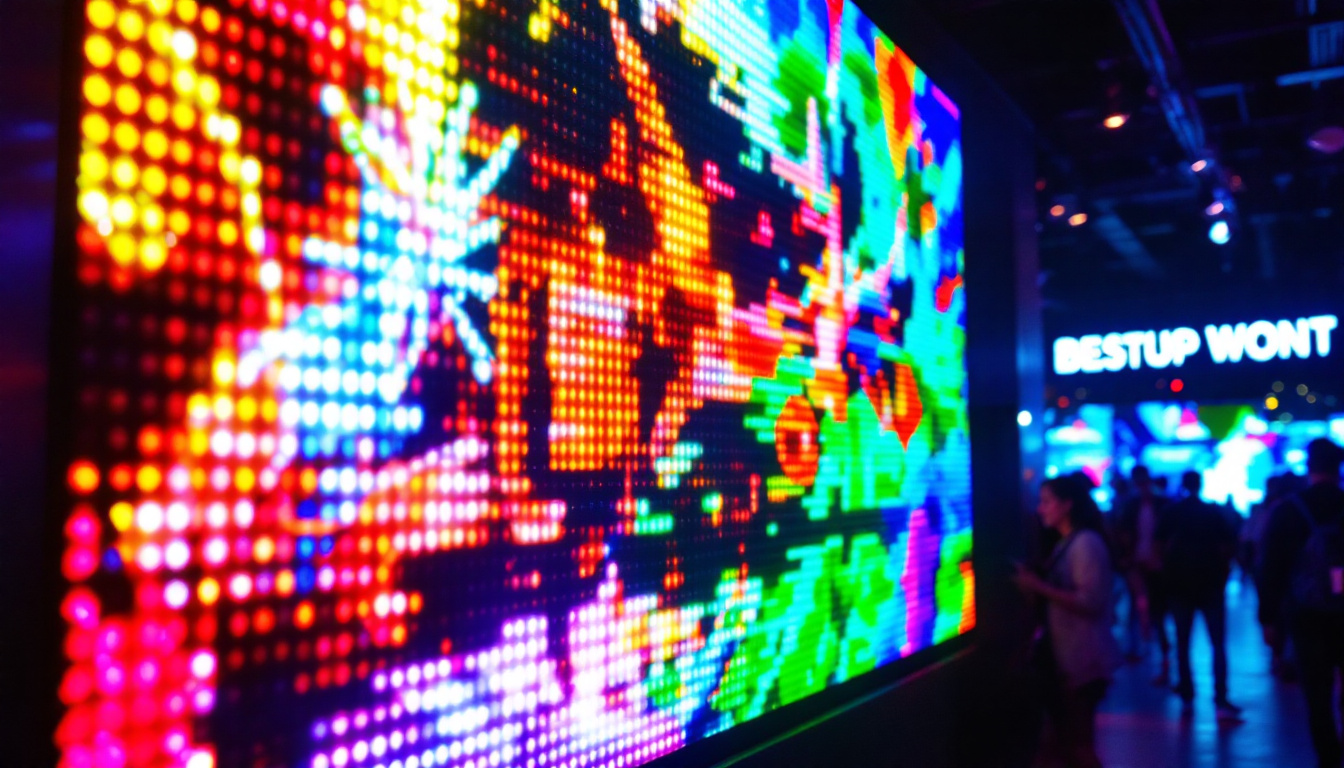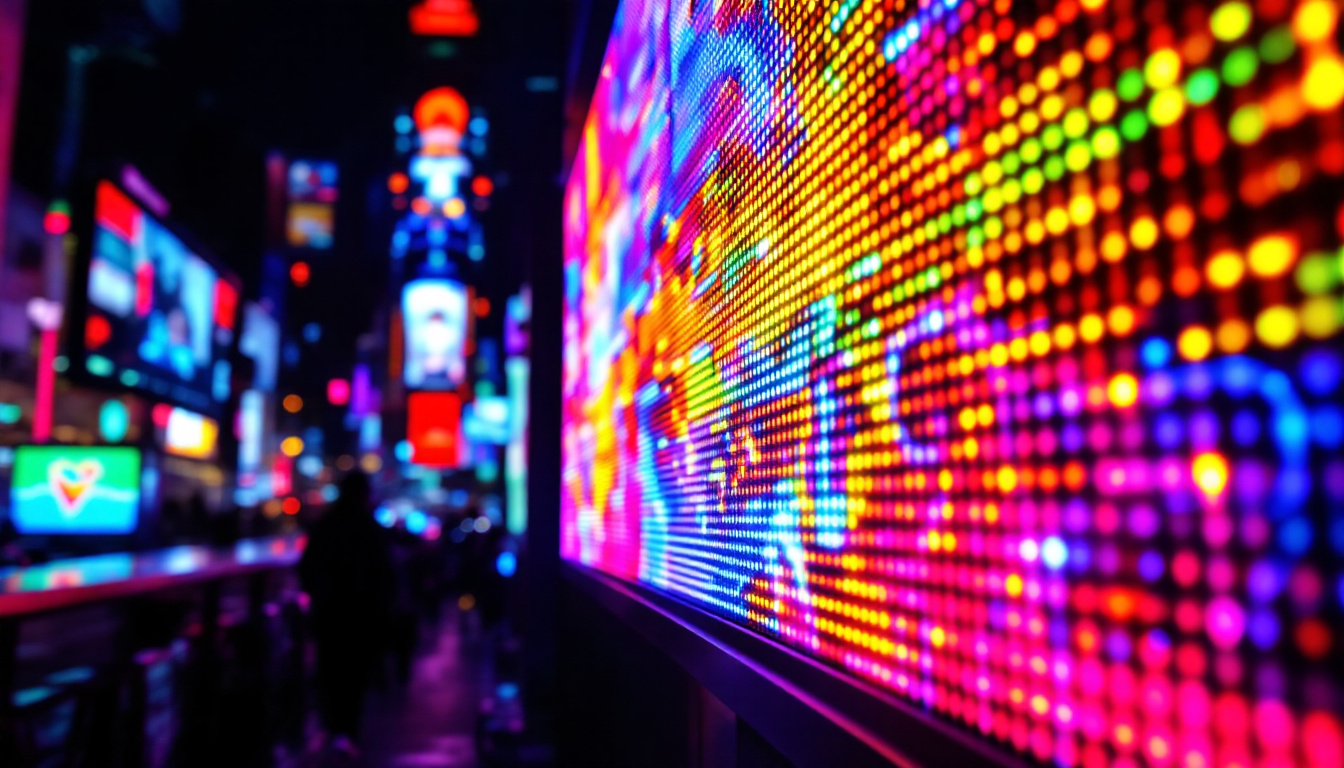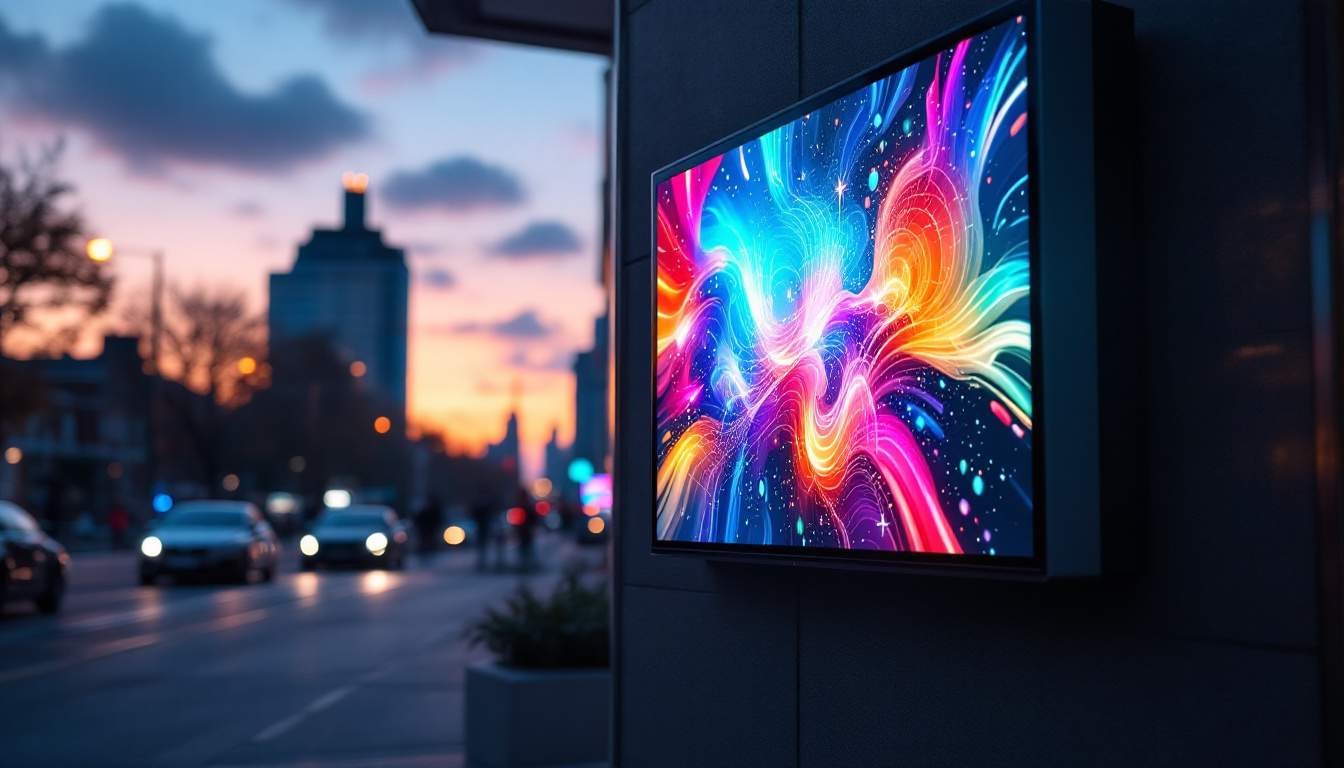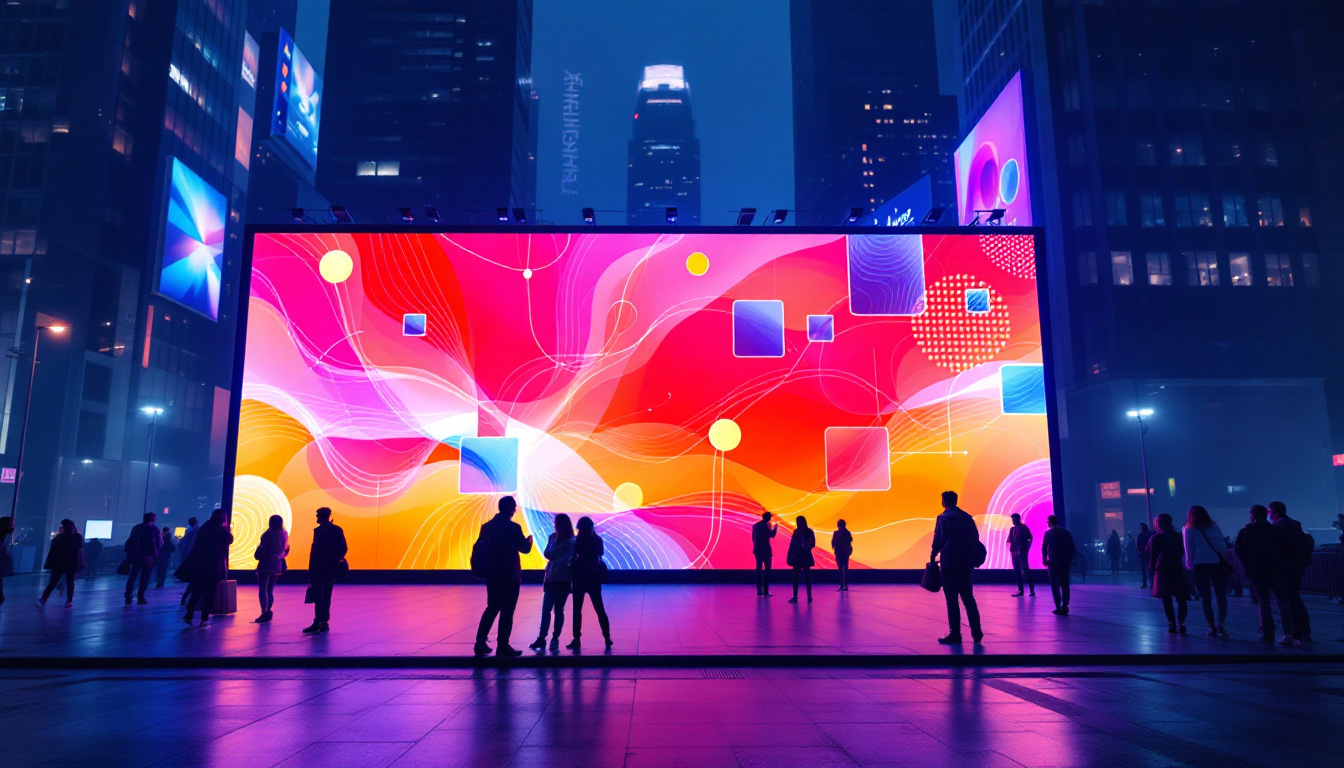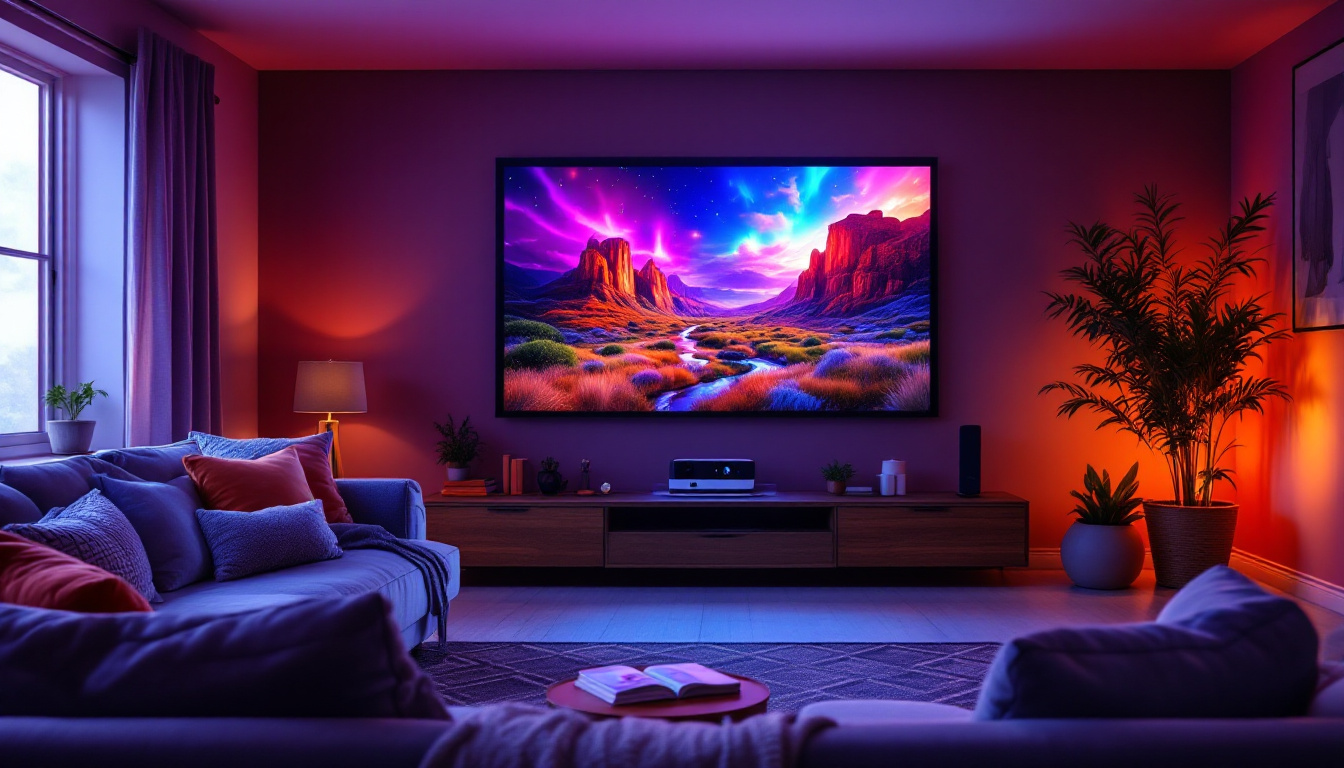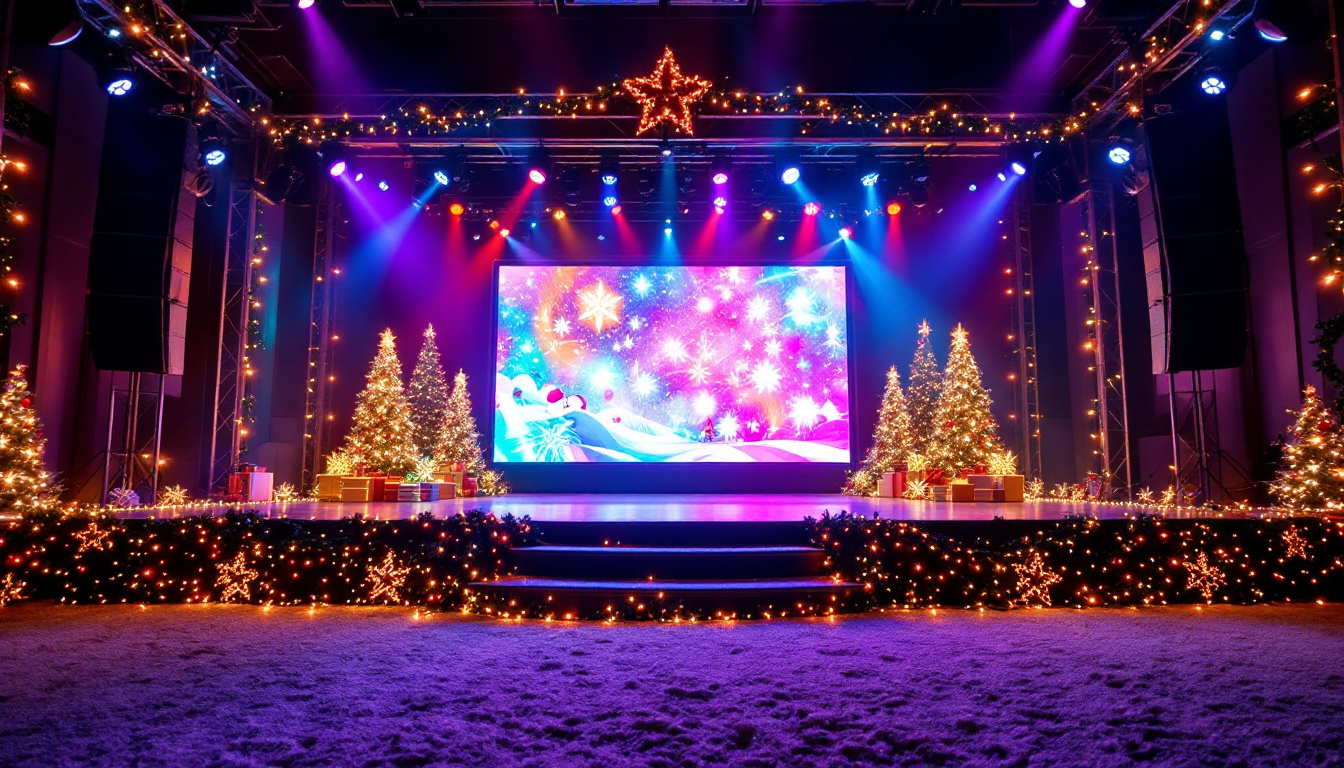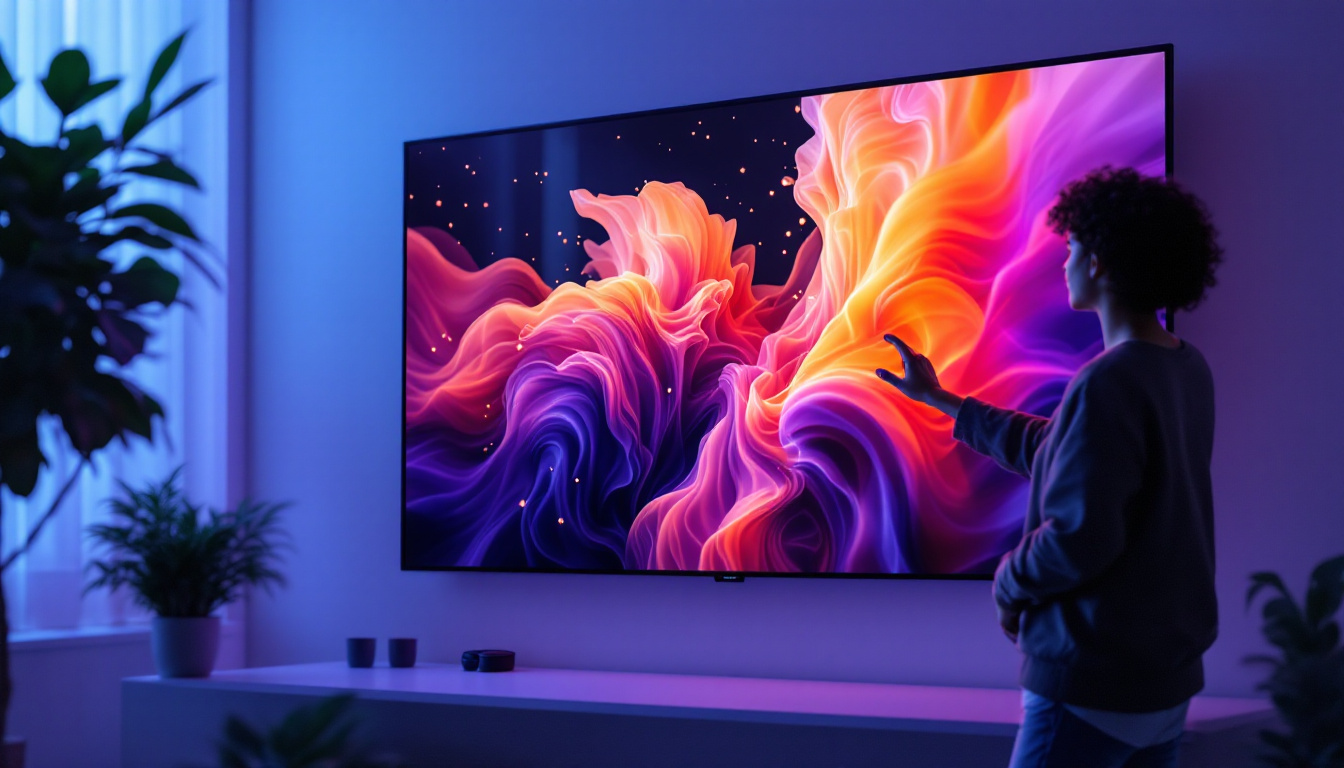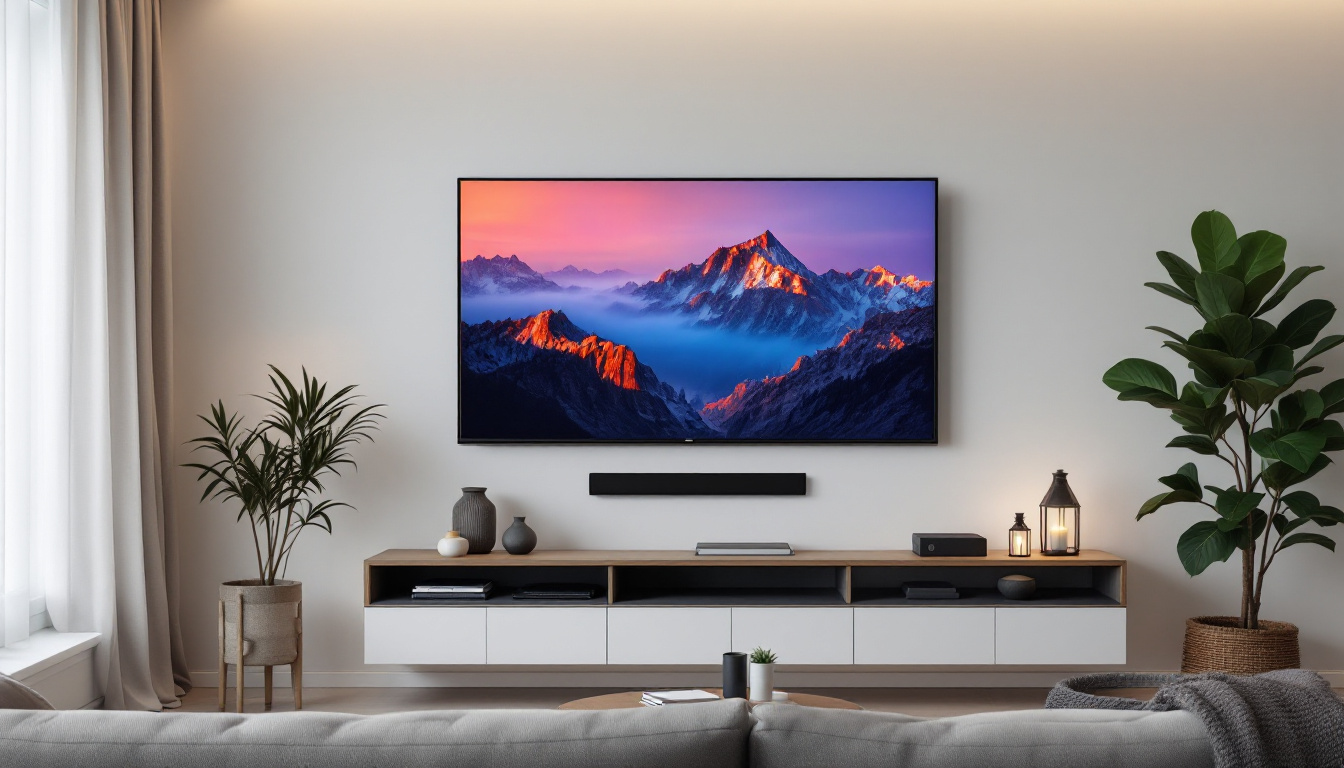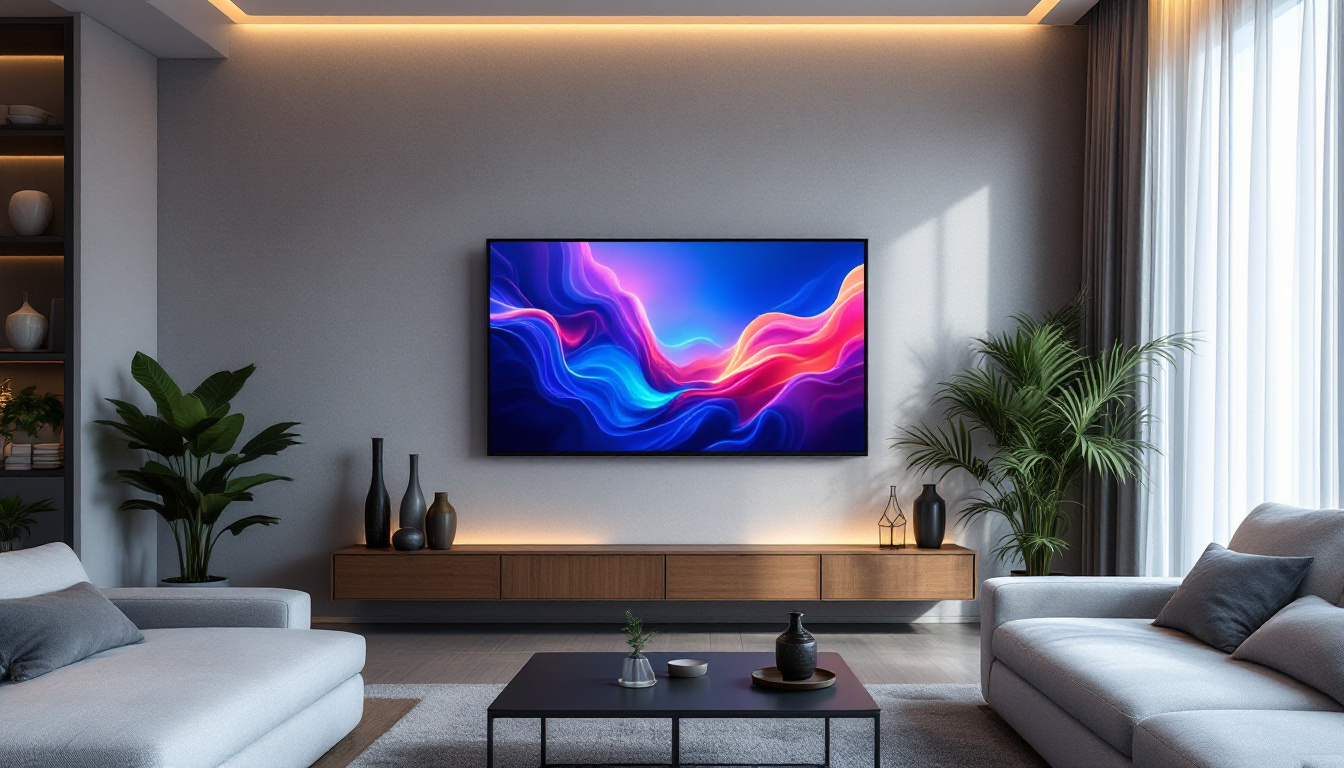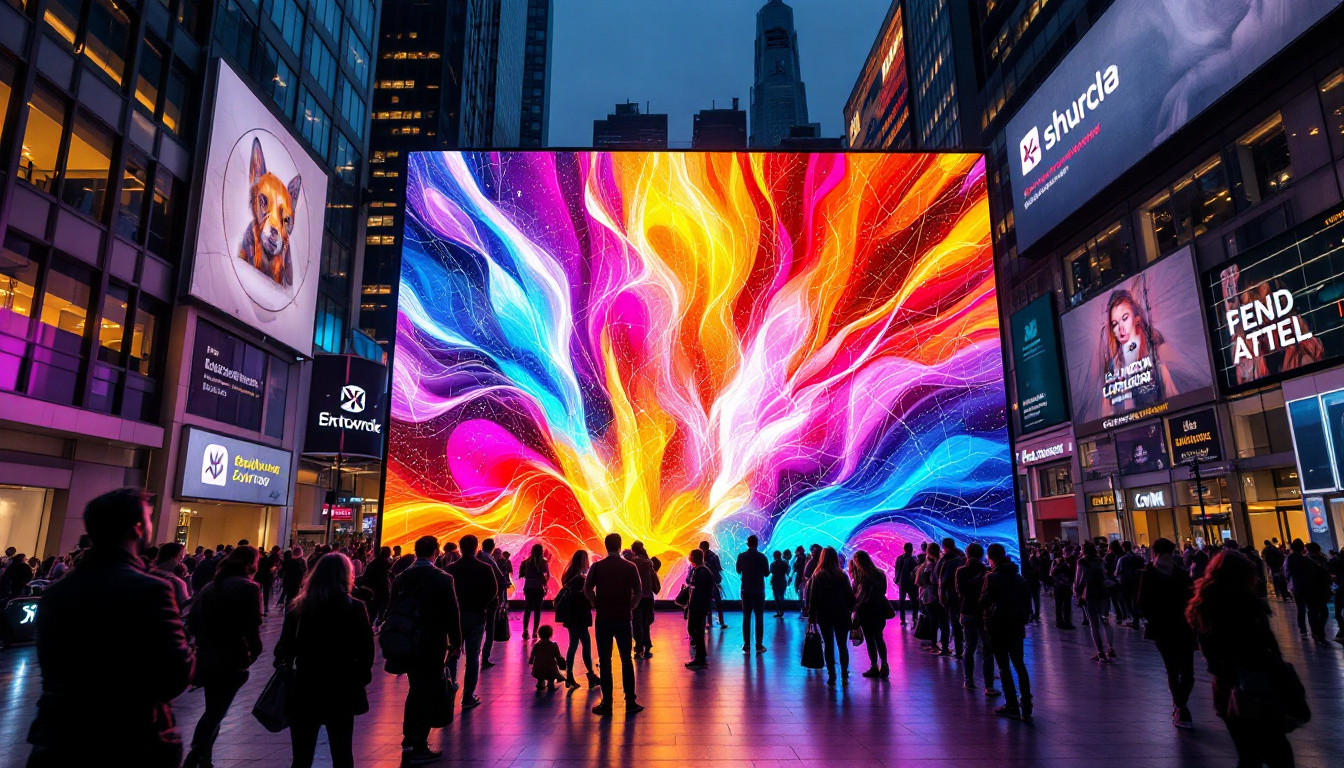In today’s fast-paced digital world, LED displays have become ubiquitous, gracing everything from smartphones to large outdoor billboards. However, with the increasing demand for high-quality visuals comes the necessity for durability, especially in challenging environments. This is where the concept of screen waterproofing comes into play. This article delves into the intricacies of waterproof LED displays, exploring their technology, benefits, and applications.
Understanding LED Technology
Light Emitting Diodes (LEDs) are semiconductor devices that emit light when an electric current passes through them. This technology has revolutionized the way displays function, offering vibrant colors and high brightness levels. The construction of an LED display involves multiple layers, including the LED chips, circuit boards, and protective coatings. The efficiency of LEDs is a significant factor in their popularity; they consume less power than traditional lighting technologies and have a longer lifespan, making them an eco-friendly choice for both consumers and manufacturers.
The Basics of LED Displays
LED displays are composed of numerous tiny LEDs that work together to create images and videos. These displays can be categorized into two main types: direct view and backlit. Direct view displays consist of individual LEDs arranged in a grid, while backlit displays use LEDs to illuminate an LCD panel from behind. The arrangement and density of these LEDs can significantly influence the resolution and clarity of the images produced, with higher-density configurations yielding sharper visuals and more detailed imagery.
The choice of LED technology affects not only the visual quality but also the display’s resilience to environmental factors. This is particularly crucial for outdoor displays, which face exposure to elements such as rain, dust, and extreme temperatures. Furthermore, advancements in thermal management technologies have made it possible for LED displays to maintain performance even in high-heat environments, ensuring consistent brightness and color accuracy regardless of the conditions.
Types of Waterproofing Standards
When discussing waterproofing in the context of LED displays, it is essential to refer to the Ingress Protection (IP) rating system. This system classifies the degree of protection provided against the intrusion of solid objects and liquids. For instance, an IP65 rating indicates that the display is dust-tight and can withstand low-pressure water jets, making it suitable for outdoor use. Understanding these ratings helps consumers choose the right display for their specific needs, especially when considering installations in areas prone to moisture or heavy rainfall.
Higher ratings, such as IP67 or IP68, offer even greater protection, allowing for temporary immersion in water or continuous submersion, respectively. These ratings are particularly beneficial for applications in marine environments or places where displays might be subjected to splashes or heavy rain. Additionally, manufacturers often incorporate additional protective features, such as anti-corrosive coatings and reinforced casings, to enhance durability and extend the lifespan of LED displays in challenging conditions. This attention to detail ensures that users can rely on their displays for consistent performance, regardless of the environment in which they are placed.
Benefits of Waterproof LED Displays
Waterproof LED displays offer numerous advantages that make them a preferred choice for various applications. Their resilience against water and dust not only enhances their longevity but also ensures consistent performance in diverse environments.
Durability and Longevity
One of the primary benefits of waterproof LED displays is their durability. By incorporating protective measures against moisture and dust, these displays are less likely to suffer from damage over time. This durability translates into lower maintenance costs and extended lifespan, making them a cost-effective investment for businesses.
Moreover, the robust construction of waterproof displays allows them to function optimally in extreme weather conditions, whether it’s heavy rain, snow, or high humidity. This reliability is crucial for outdoor advertising, where displays must remain operational regardless of the elements. In addition to their weather-resistant features, many waterproof LED displays are also built with impact-resistant materials, further enhancing their ability to withstand physical shocks and vandalism. This combination of durability and resilience ensures that businesses can rely on these displays to deliver their messages effectively without frequent replacements.
Enhanced Visibility
Waterproof LED displays are designed to maintain high visibility even in challenging lighting conditions. The brightness levels of these displays can be adjusted to ensure that content remains clear and legible, whether in direct sunlight or during nighttime. This adaptability is particularly important for outdoor signage, where visibility can directly impact engagement and effectiveness.
Furthermore, the protective coatings used in waterproof displays often reduce glare, enhancing the viewer’s experience. This feature is essential for applications such as stadiums, concerts, and public events, where large crowds gather and visibility is paramount. Additionally, the vibrant colors and high contrast ratios of waterproof LED displays can captivate audiences, drawing attention to advertisements or important information. This capability not only boosts brand visibility but also enhances the overall aesthetic of public spaces, making them more inviting and engaging for passersby. As a result, businesses can leverage these displays to create dynamic and eye-catching marketing campaigns that resonate with their target audience.
Applications of Waterproof LED Displays
The versatility of waterproof LED displays allows them to be utilized across various sectors. From advertising to public information systems, these displays serve numerous purposes, each benefiting from their unique features.
Outdoor Advertising
One of the most common applications of waterproof LED displays is in outdoor advertising. Billboards and digital signage in high-traffic areas rely on these displays to capture the attention of passersby. The ability to withstand harsh weather conditions ensures that advertisements remain visible and effective throughout the year.
Additionally, the dynamic nature of LED displays allows advertisers to change content quickly, making it possible to run multiple campaigns in a single location. This flexibility is a significant advantage in the competitive world of advertising.
Transportation Hubs
Waterproof LED displays are also prevalent in transportation hubs such as airports, train stations, and bus terminals. These displays provide real-time information to travelers, including arrival and departure times, gate changes, and emergency announcements. The ability to function reliably in various weather conditions is crucial for maintaining smooth operations in these busy environments.
Moreover, the high visibility of these displays ensures that important information reaches travelers promptly, enhancing the overall travel experience. In emergencies, clear communication can make a significant difference in passenger safety.
Entertainment Venues
In entertainment venues like stadiums and concert halls, waterproof LED displays play a vital role in enhancing the audience’s experience. These displays are often used for live event broadcasting, providing close-up views of performances and displaying vital information such as scores or schedules.
Additionally, the vibrant colors and high brightness levels of waterproof LED displays contribute to the overall atmosphere of events, creating an immersive experience for attendees. Their durability ensures that they can withstand the rigors of constant use in such dynamic environments.
Challenges and Considerations
While waterproof LED displays offer numerous benefits, there are also challenges and considerations that must be addressed. Understanding these factors is essential for making informed decisions regarding their implementation.
Cost Implications
One of the primary challenges associated with waterproof LED displays is their cost. The advanced technology and materials used to create these displays often result in higher initial investments compared to standard displays. However, it is essential to consider the long-term savings associated with reduced maintenance and replacement costs.
Businesses must weigh the upfront costs against the potential benefits, including increased durability and enhanced visibility. In many cases, the investment in a waterproof display pays off over time through improved performance and reduced operational disruptions.
Installation and Maintenance
Proper installation and maintenance are critical for ensuring the longevity and performance of waterproof LED displays. Installation must be carried out by professionals who understand the unique requirements of these displays, including electrical connections and environmental considerations.
Regular maintenance is also necessary to keep the displays functioning optimally. This includes cleaning the screens to remove dust and debris, checking for any signs of wear or damage, and ensuring that all electrical components are in good working order. Neglecting maintenance can lead to reduced performance and a shorter lifespan.
The Future of Waterproof LED Displays
As technology continues to evolve, the future of waterproof LED displays looks promising. Innovations in materials and design are paving the way for even more resilient and efficient displays that can withstand the rigors of various environments.
Advancements in Technology
Future developments in LED technology may lead to displays that are not only waterproof but also more energy-efficient and environmentally friendly. Researchers are exploring new materials and manufacturing processes that could reduce the environmental impact of LED displays while enhancing their performance.
Additionally, advancements in smart technology may lead to displays that can adapt to their surroundings, adjusting brightness and content based on environmental conditions. This adaptability could further enhance the user experience and increase the effectiveness of advertising and information dissemination.
Broader Applications
The potential applications for waterproof LED displays are expanding beyond traditional uses. As technology becomes more integrated into everyday life, these displays may find their way into new sectors, including smart cities, healthcare, and education.
For instance, waterproof displays could be utilized in public spaces to provide real-time information about local events, weather updates, or emergency alerts. In healthcare, they may serve as dynamic information boards in hospitals, guiding patients and visitors through complex facilities.
Conclusion
Waterproof LED displays represent a significant advancement in display technology, combining durability with high-performance visuals. Their ability to withstand challenging environmental conditions makes them an ideal choice for various applications, from outdoor advertising to transportation hubs and entertainment venues.
While there are challenges associated with their cost and maintenance, the long-term benefits often outweigh these concerns. As technology continues to evolve, the future of waterproof LED displays looks bright, promising even more innovative solutions for businesses and consumers alike.
Investing in waterproof LED displays not only enhances visibility and engagement but also ensures that content remains accessible and effective in any weather condition. As the demand for high-quality displays grows, embracing this technology will be essential for staying competitive in an increasingly digital landscape.
Discover LumenMatrix’s Advanced LED Display Solutions
Ready to elevate your visual communication with robust and high-performance displays? LumenMatrix, a pioneer in LED display technology, offers a comprehensive range of solutions tailored to meet your needs. From vibrant Indoor LED Wall Displays to weather-resistant Outdoor LED Wall Displays, and from dynamic Vehicle LED Displays to innovative Custom LED Display options, our products are designed to captivate your audience and amplify your brand’s presence. Embrace the future of digital signage with LumenMatrix and experience the power of cutting-edge LED displays. Check out LumenMatrix LED Display Solutions today and transform your visual storytelling.





